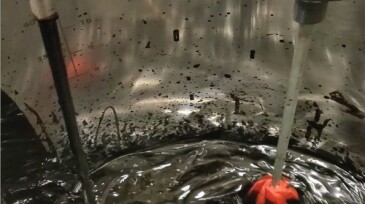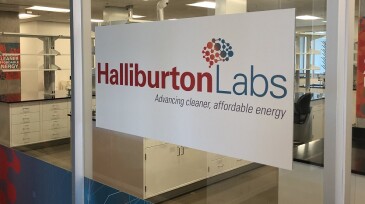R&D/innovation
Sponsored
As HPHT wells push equipment to the edge of material limits, operators are turning to advanced thermoplastics and sealed electrical assemblies to maintain system integrity. From ESP insulation to BOP control systems, the right component design can prevent failures, lower intervention costs, and extend equipment life in the harshest offshore environments.
SPE member Silviu Livescu has been chosen to receive the award in recognition of his groundbreaking contributions to next-generation, low-enthalpy geothermal energy systems, which are enabling widespread, cost-effective building heating and cooling solutions.
Technology developers expect the tight-oil industry to give lightweight proppants another look after the Permian Basin’s biggest operator becomes an adopter.
-
SwRI’s EZ Flow treatment process is intended to cut down on cost and energy intensity of heavy-crude pipeline transportation.
-
Alumina Energy, Ionada, Parasanti, and SurgePower Materials will join the industrial scaling program at Halliburton Labs in Houston.
-
The Offshore Technology Conference announces the 2021 recipients of the Spotlight on New Technology Award. Fourteen technologies from around the world will be awarded, including five companies that will be recognized by the Spotlight on Small Business Award.
-
Bill Gates’ TerraPower teams with Warren Buffett’s PacifiCorp to demonstrate the viability of carbon-free SMRs in Wyoming.
-
As our industry continues to adapt and evolve to meet the changing needs of our fast-moving world, we see a sizable and growing prize for those who are willing to work and think differently, challenge traditional approaches, forge new working relationships, and act boldly.
-
It has been a busy month so far for the oil and gas industry’s venture capital groups. Find out which operators are making moves and which technology developers are turning heads in this latest roundup.
-
Duo launches center of excellence aimed at promoting and expanding nonmetallic materials’ role in construction.
-
A look behind-the-scenes reveals what it takes to protect innovative ideas in the fast-moving US shale sector—key lessons learned, pitfalls to avoid, and how to do it the right way, as told by two of the operator's intellectual property (IP) protection leaders.
-
NASA is undertaking a drilling project on the Moon—the first on any planetary body outside the Earth. The mission’s purpose, collecting subsurface soil and ice samples to search for water beneath the lunar surface, is being compared to collecting core samples on Earth and will use technologies, such as a rotary-percussive drill, that have been adapted from those for h…
-
Ease of use and crowd-pleasing economics are driving US shale producers toward wet-sand completions. Chesapeake Energy is among the latest converts and explains why it wants to use wet sand on every new well.













